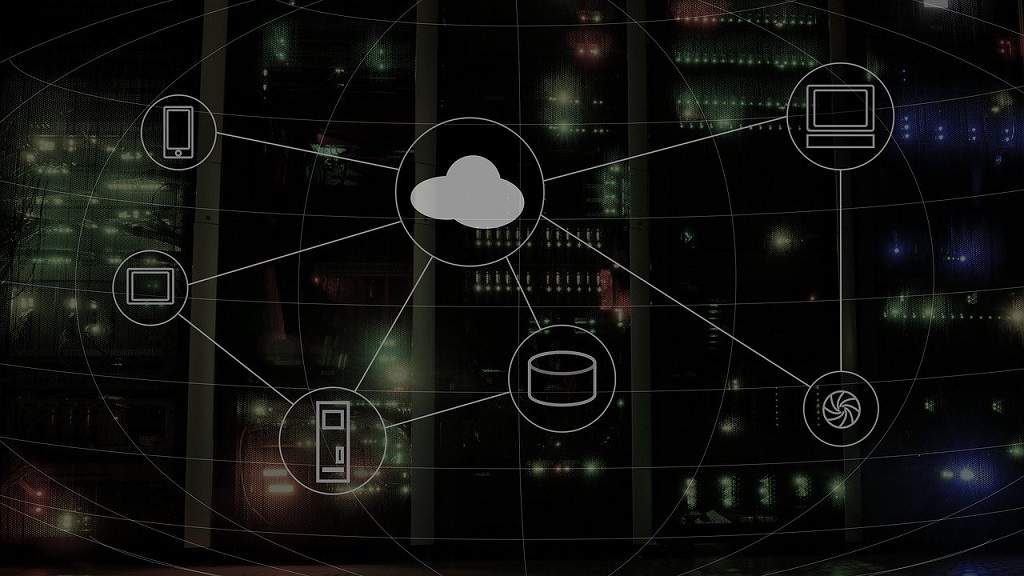Securing your organization’s cloud computing assets from threat risks is critical to minimizing downtime and preventing sensitive data from being compromised. With the help of a cloud security alliance certification, your organization can boost its cloud cyber defenses. Read on to learn more about how it works.
Breakdown of Cloud Security Alliance Certification
If your organization is wondering whether to invest in cloud security alliance certification, it helps to understand how and why certification can protect your sensitive data and cloud assets.
In this blog, we’ll explore:
- The various cloud security alliance certifications
- Benefits of the CSA’s cloud security assurance
- Cloud security best practices and how they mitigate data breaches
What is the Cloud Security Alliance?
The Cloud Security Alliance (CSA) establishes cloud security best practices to help secure cloud computing environments across industries. The CSA is a world leader in enhancing cloud security awareness. To achieve these goals, it leverages the subject matter expertise of its members, including industry practitioners, governmental entities, and other stakeholders.
The CSA combines this expertise and enables knowledge sharing via education, cloud security research, events, and various cloud security alliance certifications.
With its wealthy expertise, the Cloud Security Alliance is a go-to for education source on the most up-to-date cloud security standards. Obtaining a cloud security alliance certification can help your organization become familiar with industry-recognized best practices and implement them across your cloud computing and broader IT infrastructure.
The Top Cyber Security Metrics
- The First 3 Metrics: Mean Time To Detection, Mean Time To Response, Threat Intelligence
The first three metrics on our list are mean time to detection (MTTD), mean time to response (MTTR), and threat intelligence. MTTD is the average time it takes for a security incident to be detected. This metric is important because it can help you to identify how quickly your security team is able to detect and respond to security incidents. MTTR is the average time it takes to resolve a security incident. This metric is important because it can help you to identify areas where your security team needs to improve its response time. Threat intelligence is information about current and future security threats. This metric is important because it can help you to identify and prepare for new security threats.
- Vulnerability Management
Vulnerability management is the process of identifying, assessing, and mitigating vulnerabilities. This metric is important because it can help you to identify and fix weaknesses in your system before they are exploited by attackers.
- Cybersecurity Training
Cybersecurity training is the process of educating employees about cybersecurity threats and how to protect themselves from these threats. This metric is important because it can help to reduce the number of cyber incidents by increasing employee awareness.
- Security Awareness
The sixth metric on our list is security awareness. The process of training employees about cybersecurity risks and how to defend themselves from them is known as security awareness. This metric is important because it can help to reduce the number of cyber incidents by increasing employee awareness.
- Threat Hunting
Threat hunting is the process of proactively searching for security threats. This metric is important because it can help you to find and fix security vulnerabilities before they are exploited by attackers.
- Penetration Testing
Penetration testing is the process of testing a system for vulnerabilities by simulating an attack. Pen tests are important as they serve as a way to examine whether an organization’s security policies are genuinely effective.
- Identity and Access Management
Identity and access management is the process of managing user identities and access to systems and data. This metric is important because it can help to prevent unauthorized access to systems and data.
- Incident Response
The tenth metric on our list is incident response. Incident response is the process of responding to a security incident. This metric is important because it can help you to contain and resolve a security incident. In conclusion, these are the top ten cybersecurity metrics you need to know. By monitoring these metrics, you can assess the effectiveness of your security measures and identify areas of improvement.




